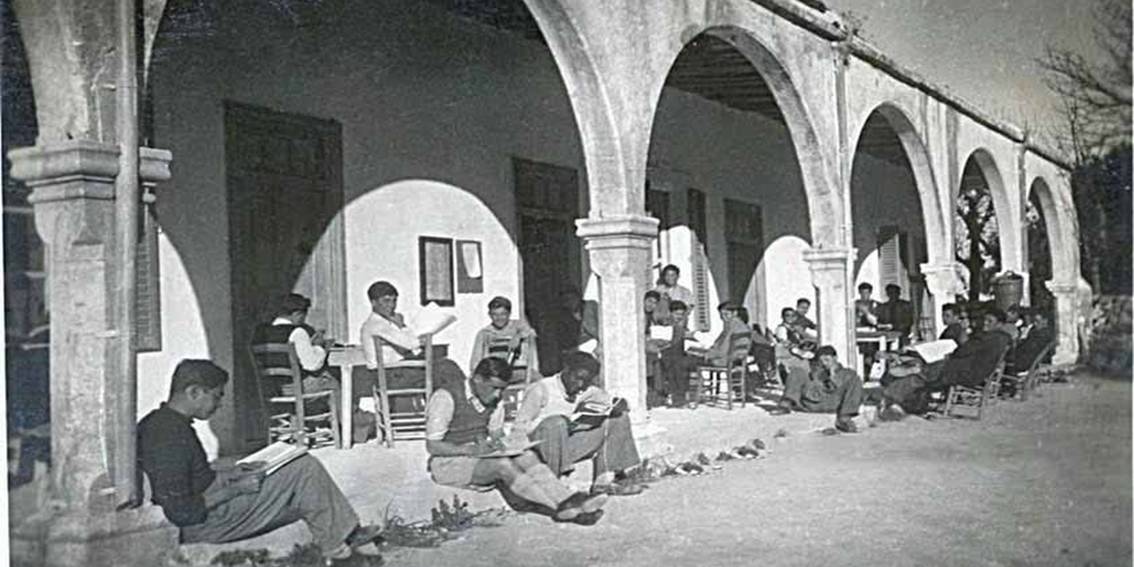A Sanctuary of Neutrality
Agia Anastasia Monastery: During World War II, the Agia Anastasia Monastery in Lapythos operated under a unique status. Cyprus itself was a British Crown Colony. The island did not see direct combat or enemy occupation like mainland Greece. However, the war deeply affected daily life. The monastery, dedicated to Saint Anastasia the Pharmakolytria (the Deliverer from Potions), maintained its primary role as a place of prayer and pilgrimage. The monks focused on their spiritual duties amidst the global conflict.
Supporting the Local Community
The monastery became a crucial support center for the local population. The war caused widespread economic hardship and food shortages across Cyprus. The monastic community used its lands and resources to help those in need. Monks offered food and shelter to struggling families. They provided spiritual comfort to a community anxious about the war and the fate of loved ones serving in the Allied forces. The monastery’s presence was a stabilizing force in Lapythos.
A Quiet Backwater in a Global War
Unlike monasteries in occupied nations, Agia Anastasia did not become a base for armed resistance. Instead for safety, authorities moved several urban schools to the Agia Anastasia Monastery in the village of Lapythos. The monastery’s remote location offered a much safer environment for students and teachers. Classrooms were set up within its sturdy walls and surrounding grounds. This move ensured that education could continue uninterrupted, far from the perceived dangers of the city. The monastery thus took on a vital, secular role, transforming from a purely religious site into a bustling center of learning and a sanctuary for Nicosia’s children throughout the conflict. Cyprus was a firmly held British strategic asset. The island served as a major Allied training and supply hub. The primary threats to Cyprus were aerial bombing raids, which typically targeted military installations in other areas, not a small monastery in Lapythos. Therefore, the monastery experienced the war indirectly, through its economic and social repercussions.
Cypriot Volunteers and the Monastery
Many Cypriot men volunteered to fight alongside the British forces. The monastery likely held prayers for these soldiers’ safety. Families in Lapythos and the surrounding villages felt the absence of their men. The monastic community shared in this collective concern. The war effort touched every aspect of life on the island, and the monastery was integrated into the social fabric. It reflected the hopes and fears of the people.
A Symbol of Continuity
Throughout the war years, Agia Anastasia Monastery stood as a symbol of peace and continuity. Its daily rhythms of worship and work provided a sense of normalcy. Pilgrims still visited, seeking the blessings of Saint Anastasia, perhaps now with added prayers for peace and the safe return of soldiers. The stone walls and ancient traditions offered a comforting constant in a world turned upside down.
The War’s End and Legacy
The monastery emerged from World War II physically unscathed. Its legacy from that period is one of quiet service and spiritual resilience. While it did not house fighters or face enemy raids, its contribution was significant. It sustained the local community’s morale and physical well-being during a time of great uncertainty. The story of Agia Anastasia during the war is a testament to the role of faith and community in enduring global crises.




